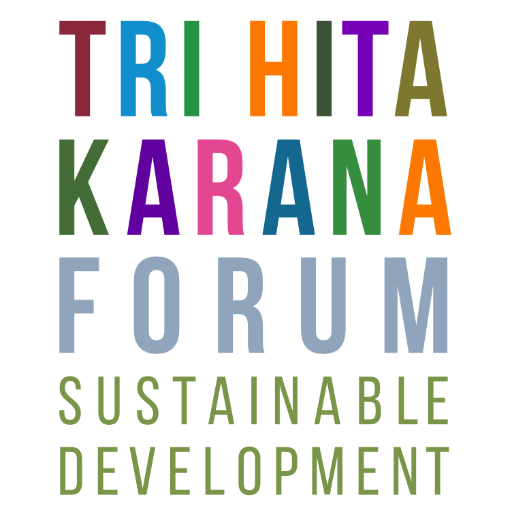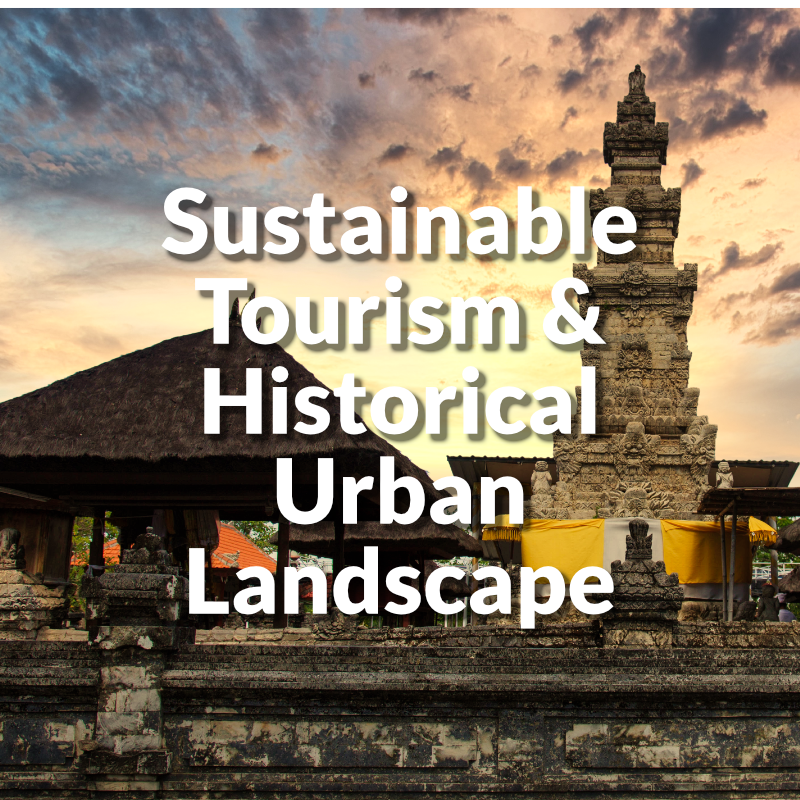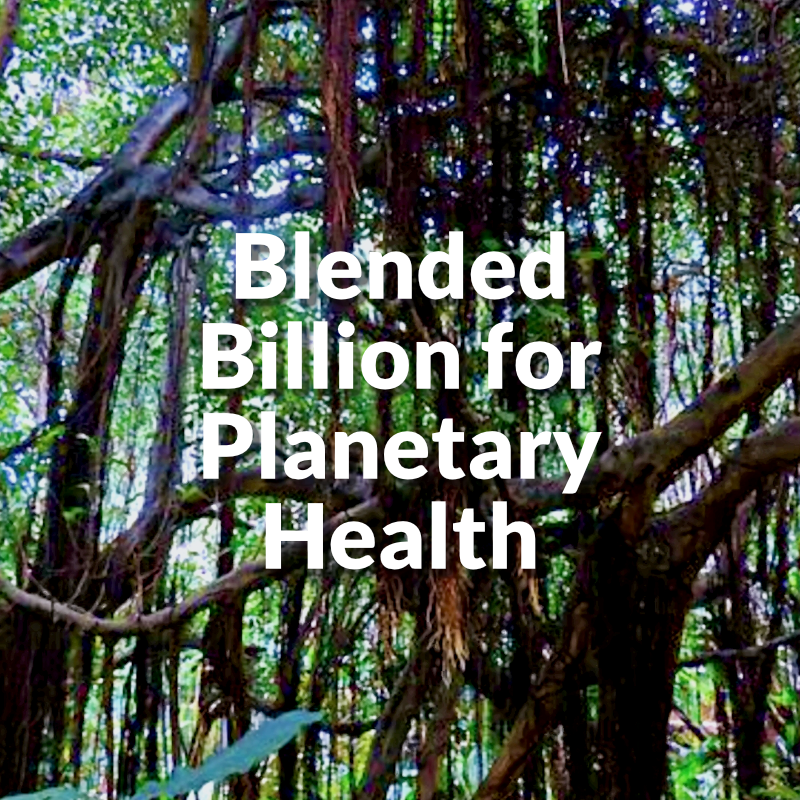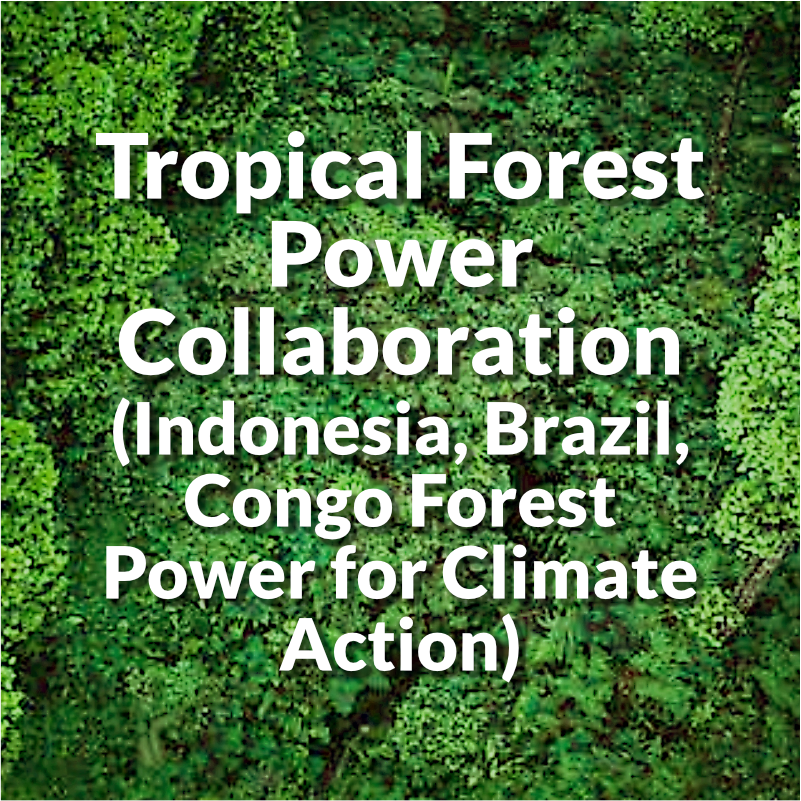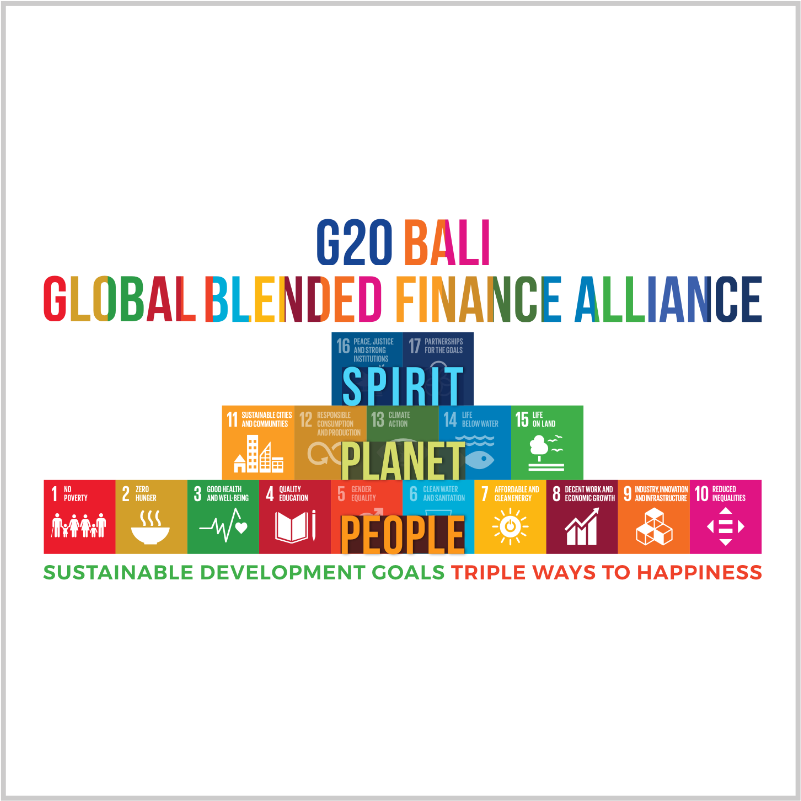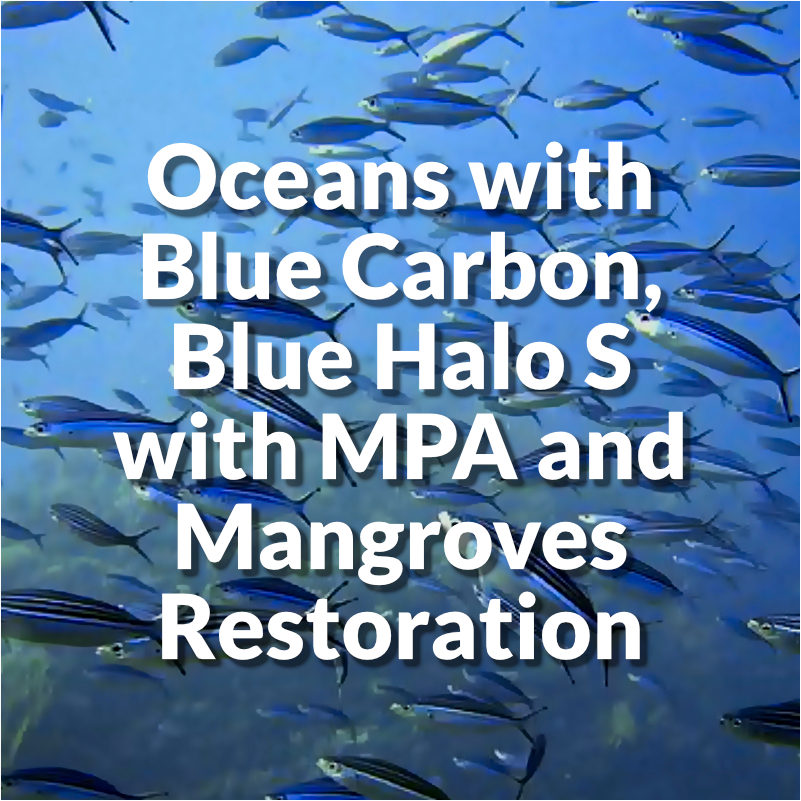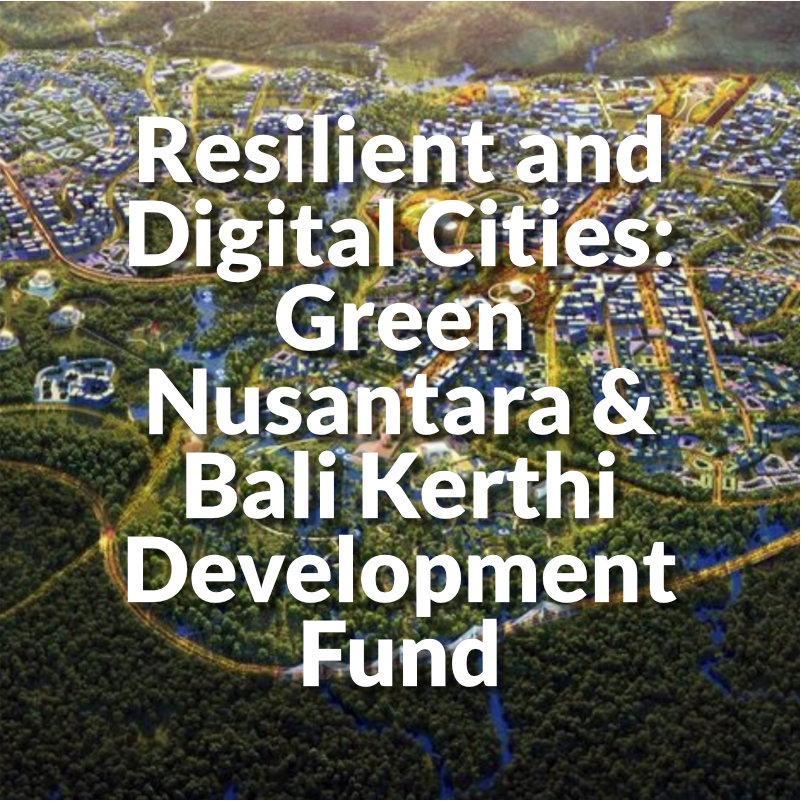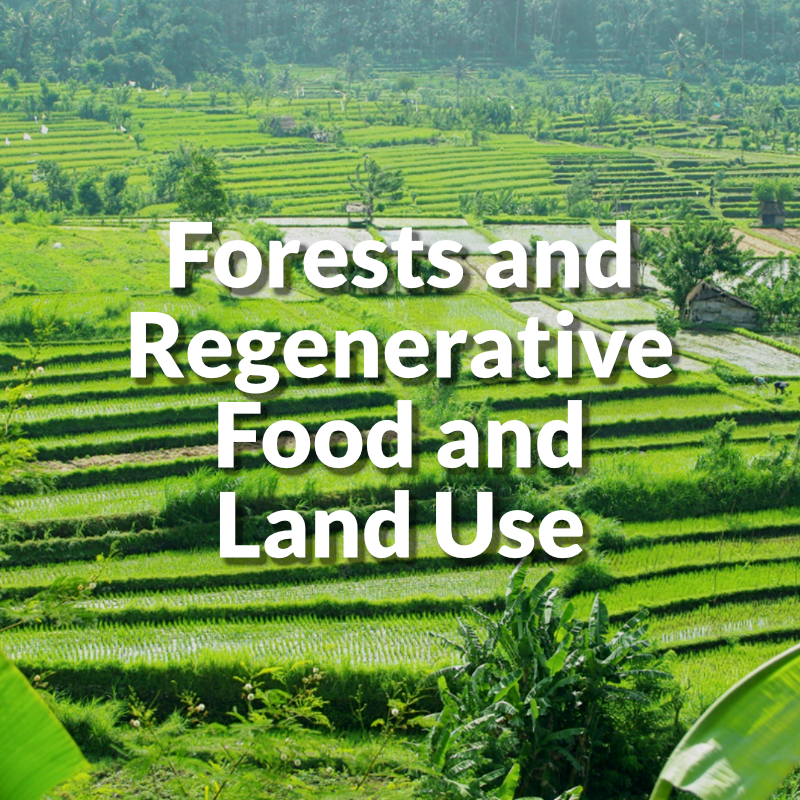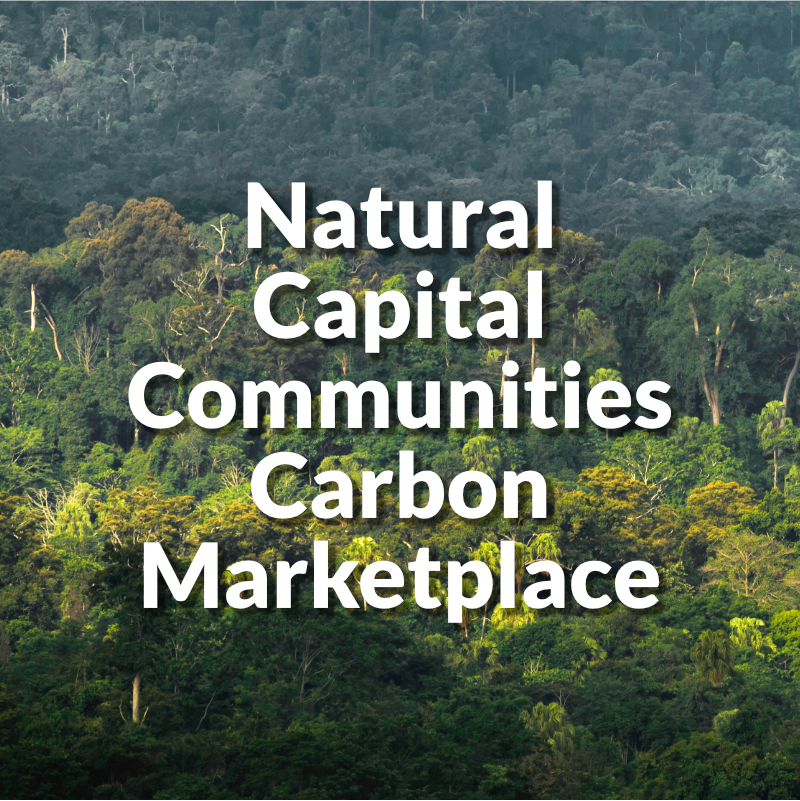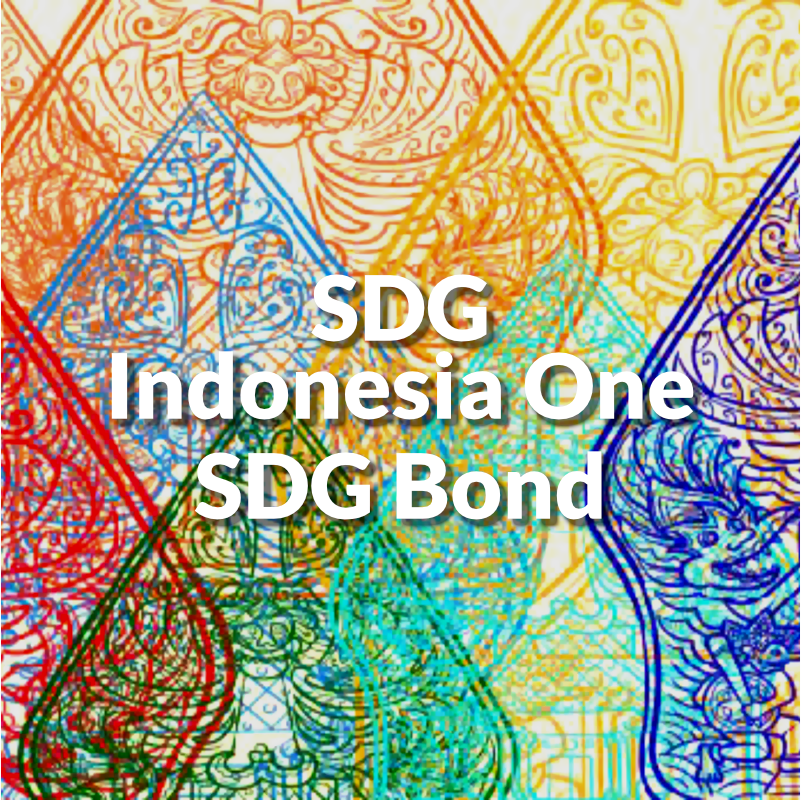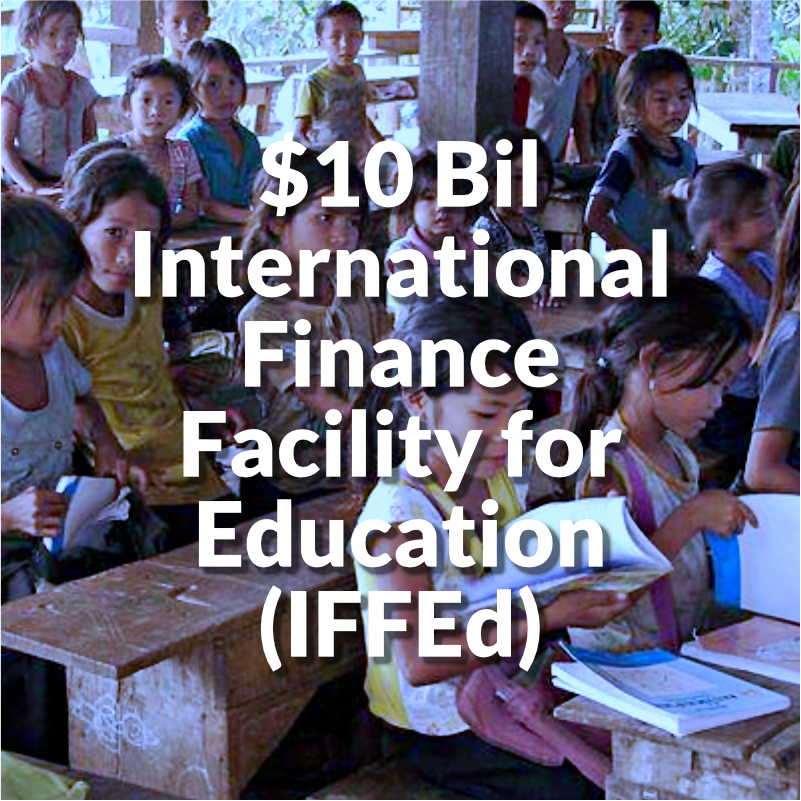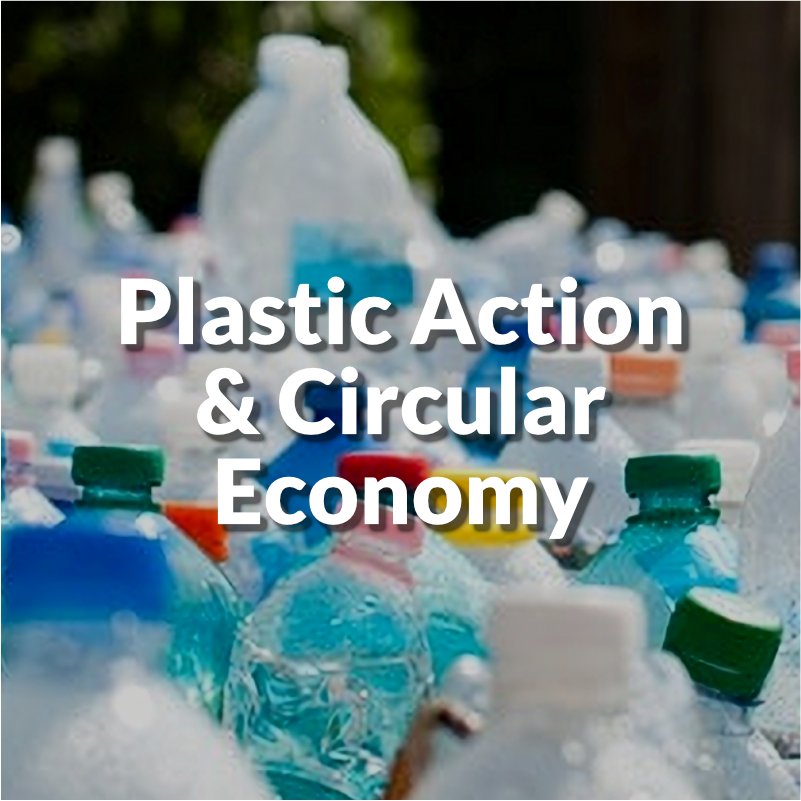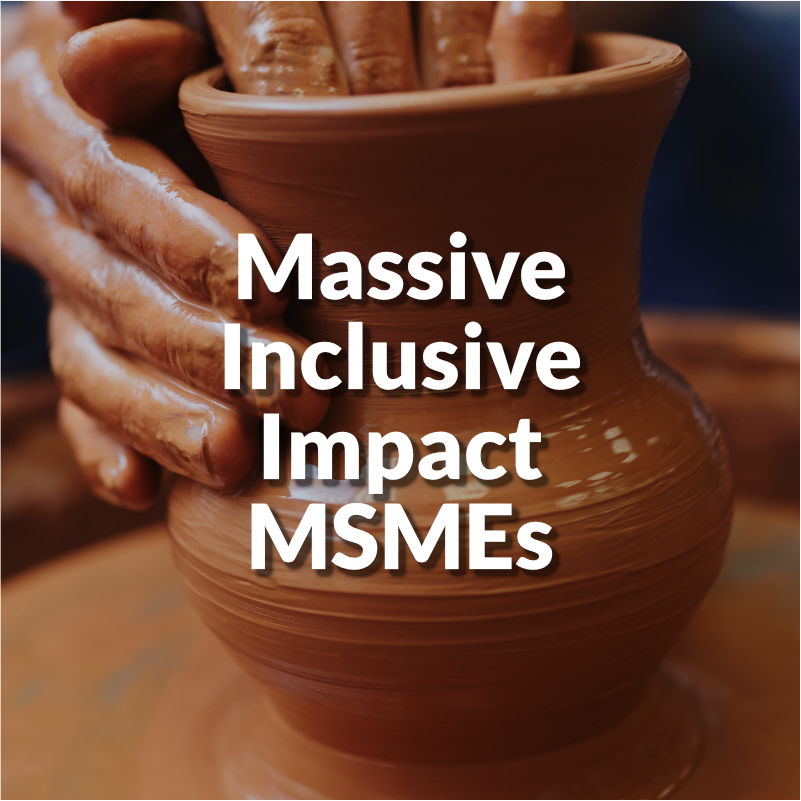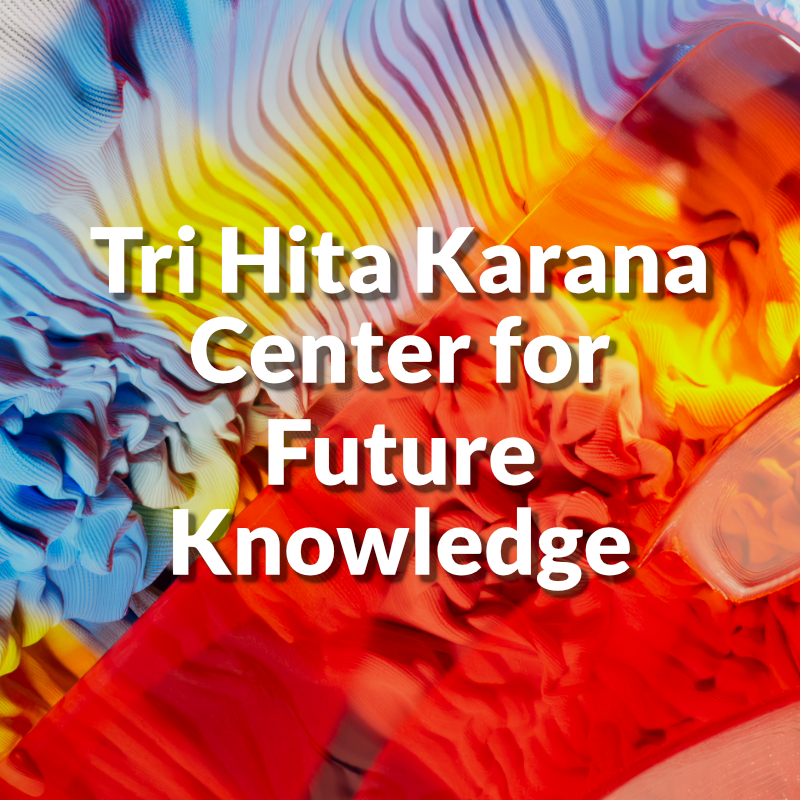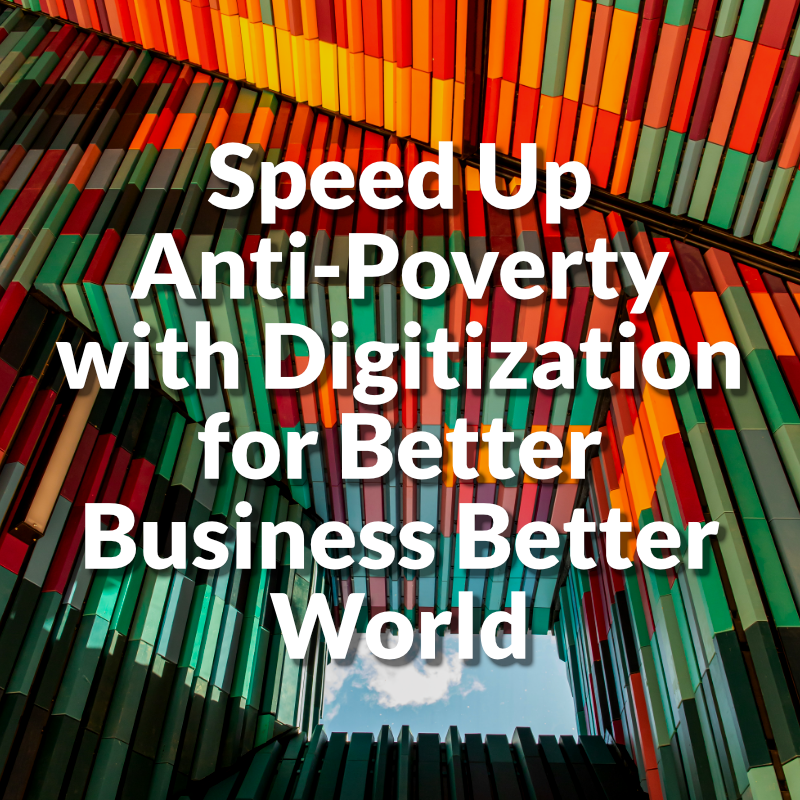OVERVIEW
In December 2021, the President of Indonesia launched the ‘New Era Kerthi Bali’ economic transformation roadmap developed by the Ministry of National Development Planning (Bappenas) and the Bali Province Government. The roadmap includes a plan to rethink, redesign and restart Bali’s tourism sector to transition it from mass tourism to quality tourism that subscribes to the principles of sustainable tourism, embraces the use of technology to enhance visitors’ experience, and preserving Bali’s nature and environment, identity and cultural heritage.
Aligned with the New Era Kerthi Bali Roadmap, BAPPENAS is UNESCO’s Historic Urban Landscape (HUL) takes a holistic approach to preserving the historical urban landscape by integrating with the social, cultural, and economic assets of a historical site community. It seeks to increase the sustainability of planning and design interventions by considering the existing built environment, intangible heritage, cultural diversity, socio-economic and environmental factors along with local community values.
The development of a Blended Finance Fund for a Historic Urban Landscape program with UNESCO, aims to ooking at Borobudur and Serangan Village as a prototypes
The Borobudur Temple Compounds is one of the greatest Buddhist monuments in the world and was built in the 8th and 9th centuries AD during the reign of the Syailendra Dynasty. The monument is located in the Kedu Valley, in the southern part of Central Java, at the center of the island of Java, Indonesia.
Development of the Blended Finance Fund for a Historic Urban Landscape (HUL) program with UNESCO, focusing on Borobudur (Central Java) and Serangan Village (Bali) as prototypes.
The aim is to take a holistic approach to preserving historic urban landscapes by integrating with social, cultural and economic assets of various historical sites, while at the same time supporting local communities to appreciate culture and green and environmentally friendly development.
The targets of this working group are:
Serangan Village, Bali
● create a policy and regulatory environment that enables Serangan village to become a sustainable tourism village;
● assigning the authority to supervise the support and improvement of Serangan village;
● ensure that funding to support the improvement of Serangan village is in line with the Kerthi Bali Economic Roadmap towards a New Era of Bali and the HUL approach.
Separately, Bali’s rapid growth of the tourism sector in the past four decades has resulted in several negative impacts, among others, the conversion of agricultural land to unplanned urban expansion to meet over-tourism demand, and the growing problems of waste, clean water, and traffic congestion.
The opportunity to pilot both the vision from the New Era Kerthi Bali Roadmap and the Historic Urban Landscape could take place in Serangan fishing village, South Denpasar, Bali. The village also housed the over 1,000-year-old Pura Sakenan, one of the most sacred temples in Balinese culture. Revamping the village, with Pura Sakenan at its center of a redevelopment, to make the village pedestrian-friendly and have the technology of renewable energy and augmented reality, would Serangan village become a prototype of quality tourism that check all the list of eco-friendly, technology, education, and cultural tourism.
Target
The working group seeks to:
● support the ongoing inter-ministerial work in Borobudur Temple Compounds in adapting to the effects of climate change and the current conservatory and preservative project;
● propose Borobudur Temple Compounds to become a UNESCO program integrated with eco-features;
● create enabling policy and regulatory environment to allow Serangan village to become a priority village;
● assign an authority to supervise the support for and revamping of Serangan village;
● secure funding to support the revamping of Serangan village aligned with the New Era Kerthi Bali Roadmap and HUL approach.
